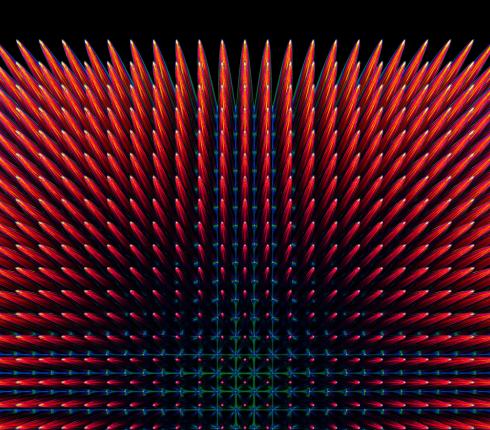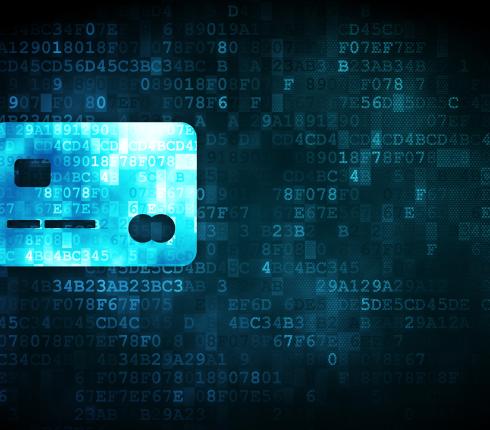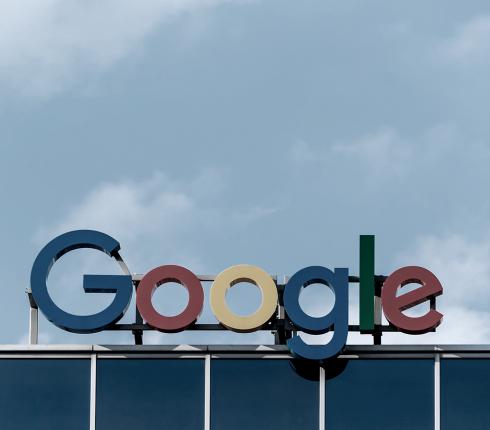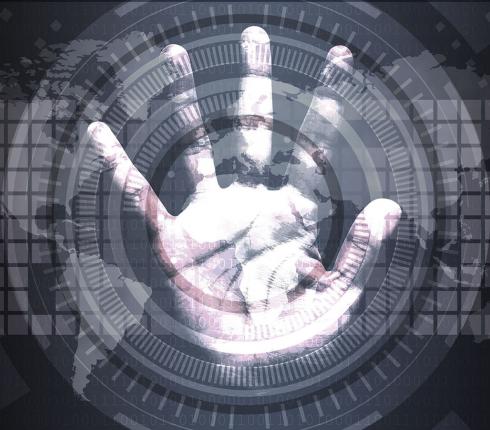NJORD Estonia: What can we expect when 5G enters our daily lives?
What is 5G?
The 2000s brought 4G technology to consumers, which permitted the seamless use of smartphones and tablets. The 2020s will bring 5G technology allowing for a better and faster connection. With 5G more devices will be connected, enabling the Internet of Things (IoT) and powering higher definition videos, self-autonomous vehicles, and augmented reality.
The main difference from 4G technology is that 5G uses lower frequency bands. To have an idea of the magnitude, 20-25 GHz has been considered the limit for usability for mobile networks. 5G aims to use radio bands between 30GHz and 300GHz.
In practical terms, using such magnitude of frequency bands gives 5G the possibility to reach a speed of 20GB per second (20 times faster than 4G at 1GB per second). These numbers are achieved at peak speed, meaning that they can only be achieved under perfect connectivity conditions and with advanced software and hardware. Real life numbers are considerably lower. However, the factor of 20 is still applicable.
Perhaps more surprising is the fact that 5G technology is 10 times faster than fiber optic cable connection, which leads to the possibility of 5G replacing home Wi-Fi connection in the future.
Possible legal problems arising from 5G
Enabling more devices to be connected to the network means more and higher risks of cybersecurity. The digitalization that comes attached to 5G gives more points of entry and therefore more chances for hackers to find a weak link and access the network. Medical and other private data can be stolen. Interference in IoT communications might lead to hacking of the self-driving vehicles. Identity theft and the spreading of malware are other associated risks.
The cybersecurity risk leads to another legal issue (maybe the most talked about when it comes to new technologies) that can also have contractual or other sources: liability. In the event of non-performance of 5G, e.g. if an error of communication occurs during autonomous driving that leads to an accident, more than one entity might be liable, but depending on the circumstances, it might be difficult to determine them.
A completely different legal problem can originate from the fact that 5G requires small radios/antennas being placed all over the city instead of the current mobile communication antennas. The placement of those small “boxes” can raise property abuses, city planning disturbances or others.
Finally, there is the 5G vs Net Neutrality conflict. Network slicing is possible via 5G and consists, in a simple way, of the internet at different speeds. Net Neutrality is at risk because ISPs (internet service providers) might start deciding which application is transmitted through each “slice” and charging consumers accordingly.
Roadmap
The European Commission was called to take the necessary steps to support the 5G roadmap, that was planned during the Estonian presidency of the Council of the European Union.
In 2018, Directive 2018/1972 establishing the European Electronic Communications Code was adopted. This directive includes the goal of harmonising the 5G wireless communications network between the Member States.
The next steps are:
2019 – Technical harmonization of spectrum bands and the coordinated introduction of 5G.
2020 – European Electronic Communications Code transposed to national law by 21 December.
2020 – 5G in at least one city per member state.
2025 – Gigabit Society – 5G in major cities and major transport routes.

















